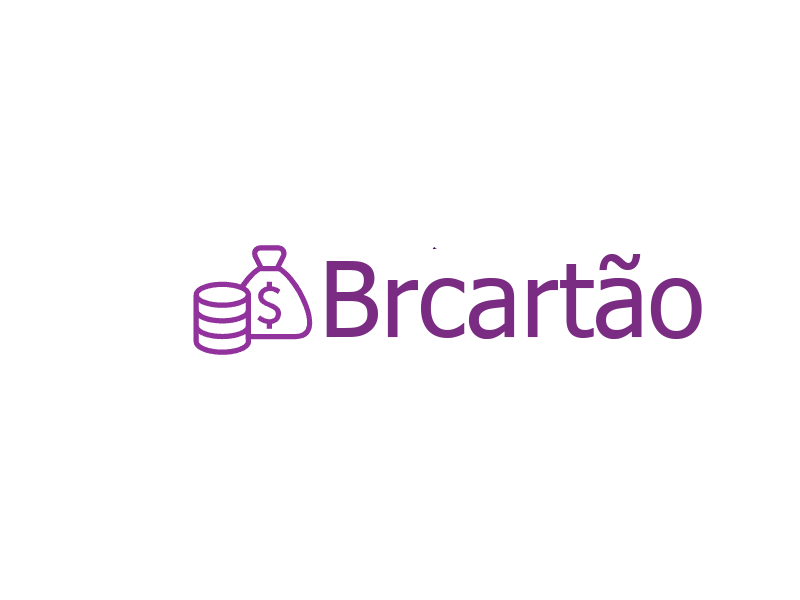The landscape of personal loans is evolving, driven by changing consumer preferences, technological advancements, and shifts in the financial industry. This blog explores the future of personal loans, highlighting trends and innovations set to transform the borrowing process.
Digital Lending Platforms

Digital lending platforms are the future of personal loans. Online lending has gained significant traction, offering borrowers a more accessible, convenient, and efficient experience. These platforms use data analytics and artificial intelligence to assess creditworthiness, leading to faster loan approvals and disbursements. Technology integration streamlines the borrowing process, making it more user-friendly and accessible to a broader audience.
Peer-to-Peer Lending
Peer-to-peer (P2P) lending is another emerging trend in the personal loan space. P2P lending platforms connect borrowers directly with individual investors or lenders, eliminating the need for traditional financial intermediaries like banks. This disintermediation lowers costs and provides borrowers with potentially better interest rates. P2P lending platforms also offer an attractive investment opportunity for individuals looking to diversify their portfolios.
P2P lending has the potential to democratize access to credit. By connecting borrowers and lenders directly, these platforms create a more competitive and transparent lending environment. Borrowers can benefit from lower interest rates, while lenders can achieve higher returns on their investments compared to traditional savings accounts or bonds.
Alternative Credit Scoring
Traditional credit scoring models heavily rely on credit history, which can be a barrier for individuals with limited or no credit history. The future of personal loans includes adopting alternative credit scoring methods. These methods use non-traditional data points, such as utility bill payments, rental history, and even social media activity, to assess creditworthiness. This broader range of data allows lenders to evaluate the credit risk of a more diverse pool of borrowers.
Personalized Loan Products
Improved data analytics and machine learning enable lenders to offer more personalized loan products. Personalized loan offerings consider factors such as income, spending habits, financial goals, and risk appetite. By aligning loan terms with borrowers’ unique circumstances, lenders provide more relevant and beneficial borrowing options.
Embedded Finance
Embedded finance integrates financial services into other products and services. For instance, e-commerce platforms may offer instant point-of-sale financing options at checkout, allowing customers to buy now and pay later. This integration enhances the user experience and provides borrowers with more flexible and accessible credit options.
Decentralized Finance (DeFi)
Decentralized Finance, or DeFi, is a blockchain-based financial system that eliminates intermediaries and enables peer-to-peer lending and borrowing. DeFi platforms operate on smart contracts, automating loan agreements, collateral management, and repayments. These platforms offer borrowers more transparency, security, and control over their transactions, reducing reliance on traditional financial institutions.
Environmental, Social, and Governance (ESG) Lending
As sustainability and social responsibility become more important to consumers, ESG lending is gaining traction. ESG-focused lenders consider a borrower’s commitment to environmental and social causes when evaluating loan applications. Borrowers aligned with ESG principles may receive preferential loan terms and interest rates.
Usage-Based Lending
Usage-based lending is an innovative concept that allows borrowers to pay for loans based on how they use the funds. For instance, if a borrower takes a loan to purchase equipment for their business, the loan payments can be linked to the revenue generated by that equipment. This approach provides borrowers with greater flexibility and aligns loan repayments with the actual value derived from the borrowed funds.
Usage-based lending offers a more adaptive and responsive way to manage debt. By tying repayments to the performance of the investment, borrowers can better manage their cash flow and reduce the risk of default. This model can be particularly useful for small businesses and entrepreneurs who need financing that aligns closely with their revenue cycles.
Conclusion
The future of personal loans is shaped by innovation, technology, and evolving consumer preferences. Digital lending platforms, P2P lending, alternative credit scoring, personalized loan products, and embedded finance will redefine the borrowing experience. Additionally, DeFi and ESG lending will contribute to more sustainable and socially responsible lending practices.
As the financial industry embraces these innovations, borrowers can expect a more inclusive, user-friendly, and efficient borrowing process. Advanced technologies will make personal loans more accessible to a broader range of individuals, offering tailored solutions that meet specific needs and preferences.
Staying informed about these trends and innovations is crucial for navigating the evolving personal loan market. By understanding these developments, individuals can make more informed decisions and optimize their borrowing experience in the future.


